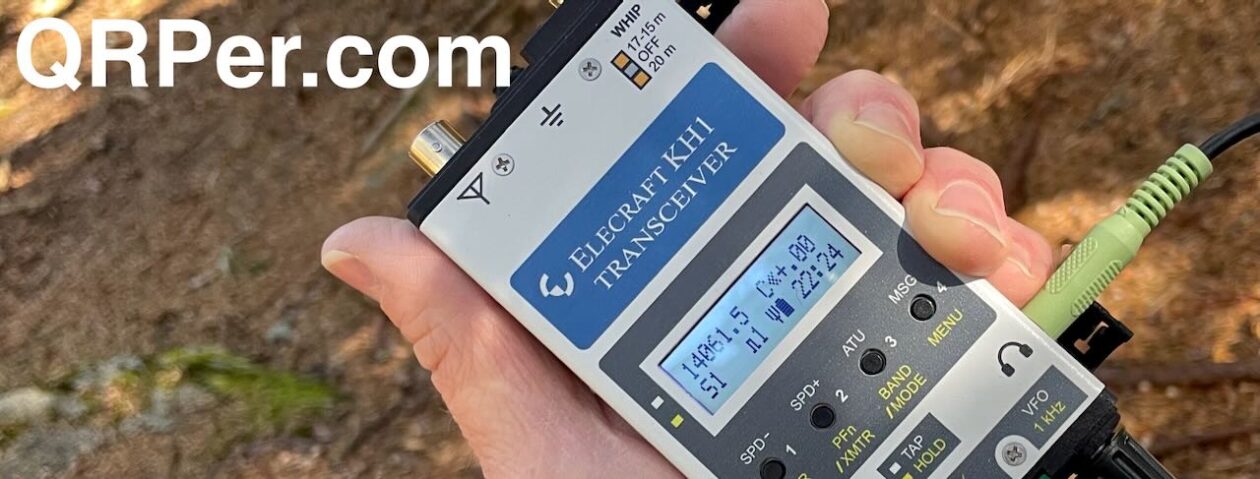
My dear friend, Volodymyr Gurtovy (US7IGN), has been featured in another brilliant documentary on BBC Radio 4 called Call Signs.
This documentary was produced by the talented Cicely Fell with Falling Tree productions for BBC Radio 4. Note that Cicely also produced a BBC Radio 4 Short Cuts earlier this year featuring Vlad as well. Enjoy:
BBC Radio 4 Lights Out: Call Signs
A man, a Mouse and a morse key: the story of a radio amateur in Kyiv as the Russian invasion unfolds.
When his wife and two children flee Kyiv to escape the war, Volodymyr Gurtovy (call sign US7IGN) stays behind in their apartment with only his radios and the family hamster, Mouse, for company.
Before the war, he used to go deep into the pine forests, spinning intricate webs of treetop antennas using a fishing rod, catching signals from radio amateurs in distant countries.
Prohibited by martial law from sending messages, he becomes a listener, intercepting conversations of Russian pilots and warning his neighbours to hide in shelters well before the sirens sound. After three months of silence, he begins transmitting again. Switching his lawyer’s suit for a soldering iron, he runs a radio surgery for his friends and neighbours, dusting off old shortwave receivers and bringing them back to life.
During air raids, he hides behind the thickest wall in his apartment, close to his radios, their flickering amber lights opening a window to another world. A story of sending and receiving signals from within the darkness of the Kyiv blackout.
Music: Ollie Chubb (8ctavius)
Producer: Cicely Fell
A Falling Tree production for BBC Radio 4
Listen to Call Signs on BBC Sounds by clicking here, or via the embedded player below:






































